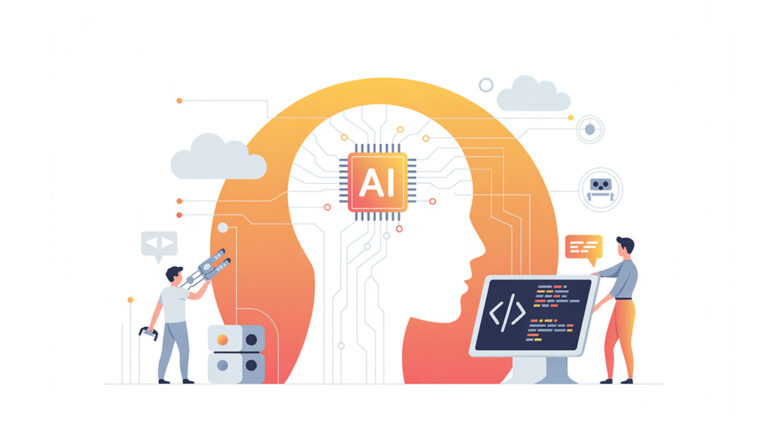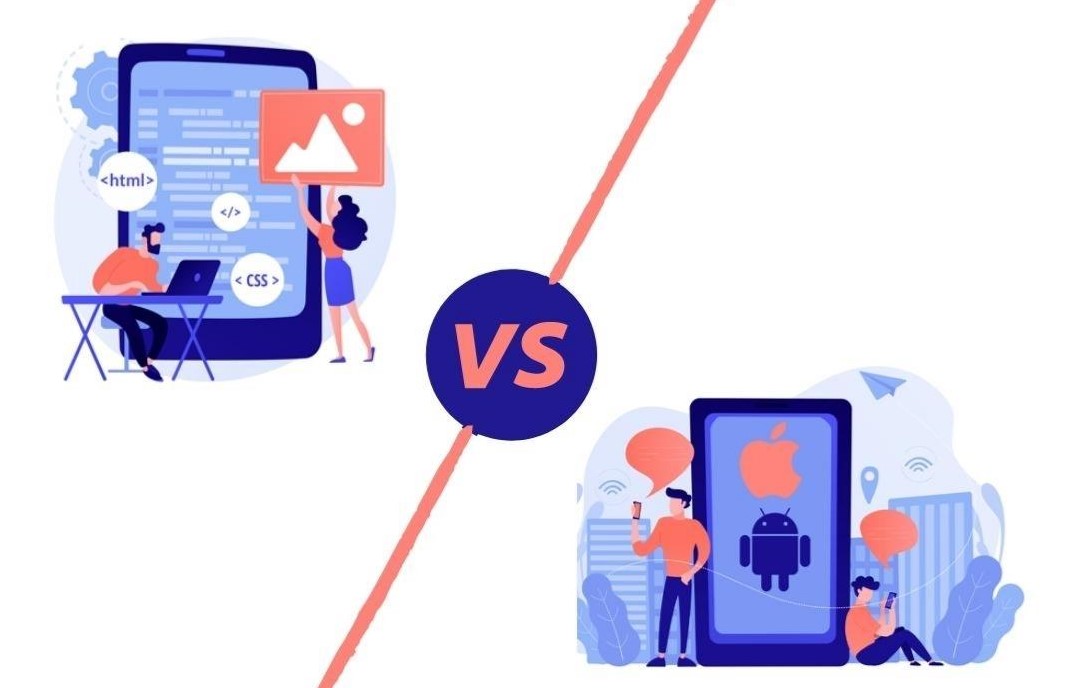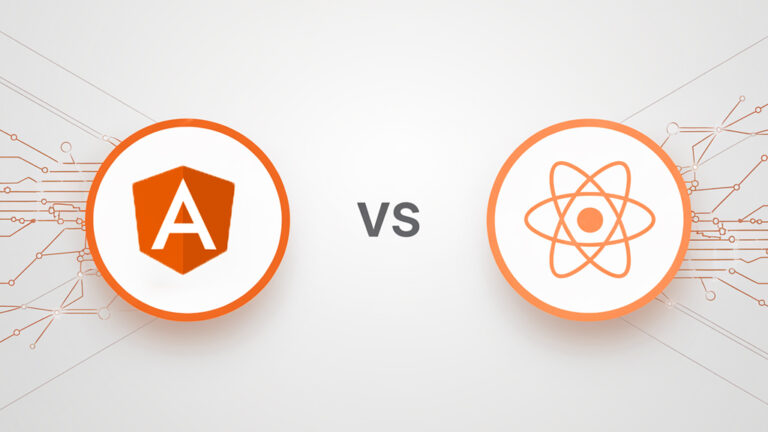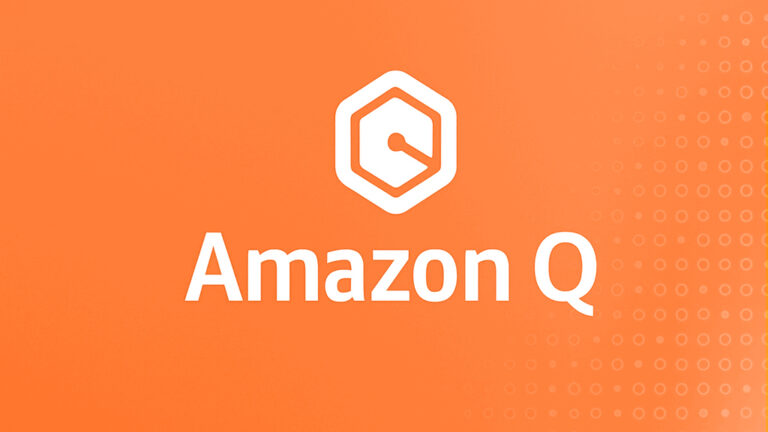
Breaking the API Mold: A new era of AI-Driven Customer Journeys
React vs. Angular: Choosing the Right Framework for Your Project In the fast- paced world of financial services, speed, accuracy and scalability are critical. Yet,

When developing mobile applications for an organization, there is a choice to make in terms of the technology used to build the application. Native applications built using specific technologies for different operating systems like iOS and Android or a common codebase which can run on multiple operating systems. This article speaks about the difference between Hybrid and Native applications, and the pro’s and con’s of each application development method.


Ionic framework
Ionic is a complete open-source SDK for hybrid mobile app development. It’s built on top of Angular JS and Apache Cordova. There are many UI components for the developer to access easily. The time taken to complete the application is similar to other frameworks, but the biggest drawback is the maintenance difficulties. In this framework, you can add as many plugins as your application needs, but this will require manual reconstruction as well.
React
React is a JavaScript library for building user interfaces. It is maintained by Facebook and a community of individual developers and companies. React can be used as a base in the development of single-page or mobile applications, as it is optimal for fetching rapidly changing data that needs to be recorded. It is widely adopted as it requires less time to develop. However, the framework misses many components or plugins ‘but’ Facebook constantly releases updates and improves the framework.
In Native applications, the build is different for each platform. The technologies used are also different for each platform.
A developer can use SDK, tools like Android Studio and languages like Java and Kotlin for Android and SDK, Xcode and Swift for iOS. If a company wants to build both iOS and Android at the same time, they can choose Native. The native application requires more time and effort to complete it. The final application will have a good interface and better performance. Additionally you, can enhance the application by adding better animation.
Swift
Apple has introduced Swift recently, it has slowly become an alternative framework to build iOS applications. The Swift framework is faster in performance and easier to work on. Apple always releases and updates the framework and hence new components are available, but at the same time, you need to wait for a release to use any particular feature you require in your application.
Kotlin
Kotlin is developed to work with Java. Google supports and authorizes the operation of Kotlin to develop android applications. The Interface in Kotlin allows you to work with shorter syntax, this helps to develop the application faster.
Click here to learn which platform is best for your business and how Techpearl techpearl makes the best use of technologies to develop the best mobile applications.

React vs. Angular: Choosing the Right Framework for Your Project In the fast- paced world of financial services, speed, accuracy and scalability are critical. Yet,

React vs. Angular: Choosing the Right Framework for Your Project In the world of frontend development, React and Angular are two of the most popular

Amazon Q Developer is AWS’s new generative AI assistant purpose-built to transform the workflow of software developers and IT professionals. Unlike generic AI chatbots, Amazon
Copyrights © 2025 All Rights Reserved by Techpearl Software Pvt Ltd.
| Cookie | Duration | Description |
|---|---|---|
| cookielawinfo-checkbox-analytics | 11 months | This cookie is set by GDPR Cookie Consent plugin. The cookie is used to store the user consent for the cookies in the category "Analytics". |
| cookielawinfo-checkbox-functional | 11 months | The cookie is set by GDPR cookie consent to record the user consent for the cookies in the category "Functional". |
| cookielawinfo-checkbox-necessary | 11 months | This cookie is set by GDPR Cookie Consent plugin. The cookies is used to store the user consent for the cookies in the category "Necessary". |
| cookielawinfo-checkbox-others | 11 months | This cookie is set by GDPR Cookie Consent plugin. The cookie is used to store the user consent for the cookies in the category "Other. |
| cookielawinfo-checkbox-performance | 11 months | This cookie is set by GDPR Cookie Consent plugin. The cookie is used to store the user consent for the cookies in the category "Performance". |
| viewed_cookie_policy | 11 months | The cookie is set by the GDPR Cookie Consent plugin and is used to store whether or not user has consented to the use of cookies. It does not store any personal data. |